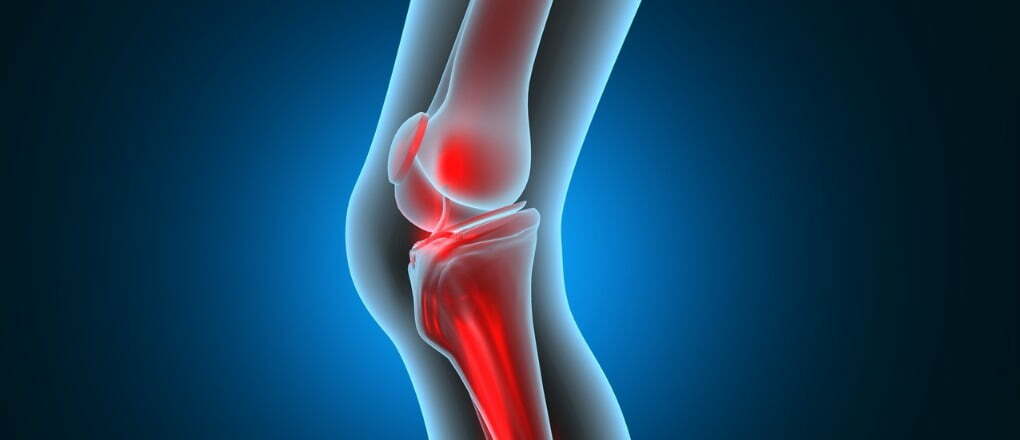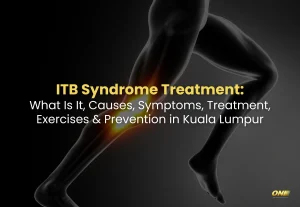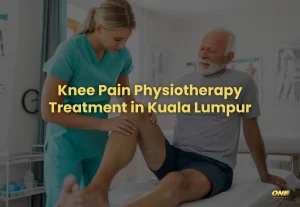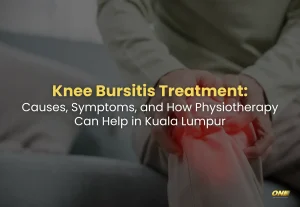Synovial fluid lubricates the joint
The joint is surrounded by soft tissue called the synovial membrane, which produces a fluid that acts like oil in an engine, allowing your bones to move past one another more smoothly. Physical activity encourages circulation of the fluid, says Susan Sterling, an instructor at the Cooper Institute, a preventive medicine research and education nonprofit in Dallas.
Blood flow increases
Exercise gets the heart pumping, which increases blood circulation throughout your body including your joints. As a result, the synovial membrane is exposed to a steady supply of nourishing oxygen and nutrients.
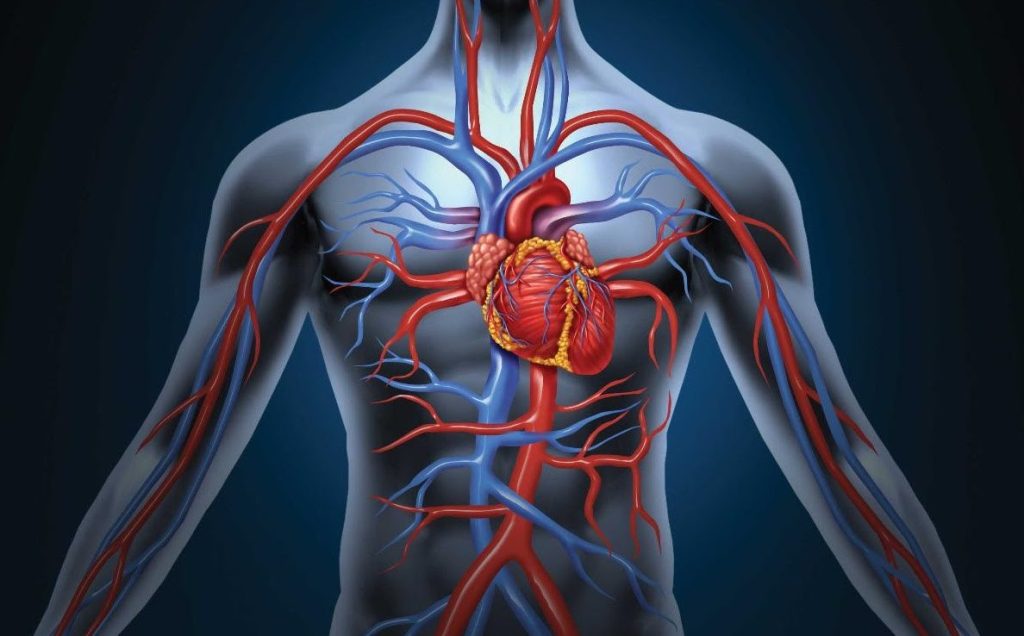
Nutrients circulate to the joint
The weight that bears down on your joints when you exercise forces water molecules out of the cartilage like a sponge, says John Hardin, MD, a professor of medicine and orthopedic surgery at Albert Einstein College of Medicine in New York City. When the weight is lifted, the water molecules return, bringing oxygen and nutrients the joints need.
Joint-repair genes are switched on
Scientists aren’t entirely clear about how genes play a role in joint repair, but research shows that joint movement activates genes associated with rebuilding cartilage. Overdoing exercise can have the opposite effect, though, so listen to your body.
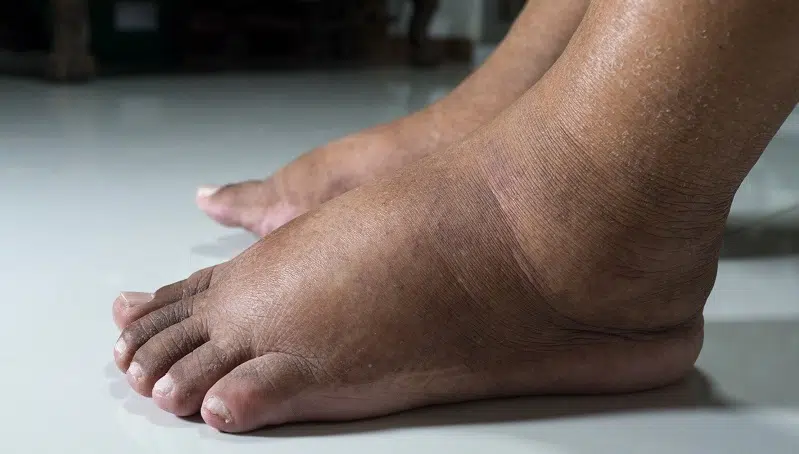
Cellular waste is removed
Exercise triggers a biological process called autophagy, where damaged cells in the joint are broken down and removed. It’s basically like taking out the trash. Besides, exercises also help in prevent edema (water retention) that is caused by poor blood circulation.
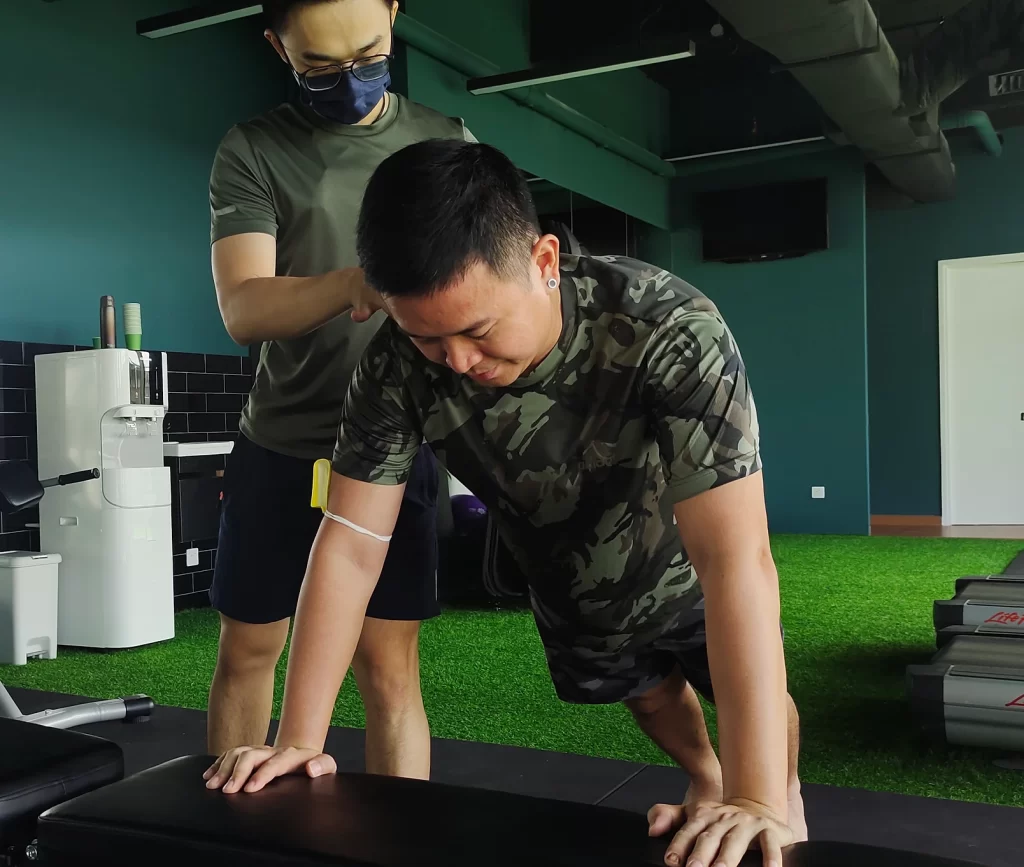
Muscle is built
Exercise strengthens the muscles, ligaments and tendons surrounding the joints. When these tissues are strong, they act like a brace to protect the joint, and lessen pressure on weakened joints.

